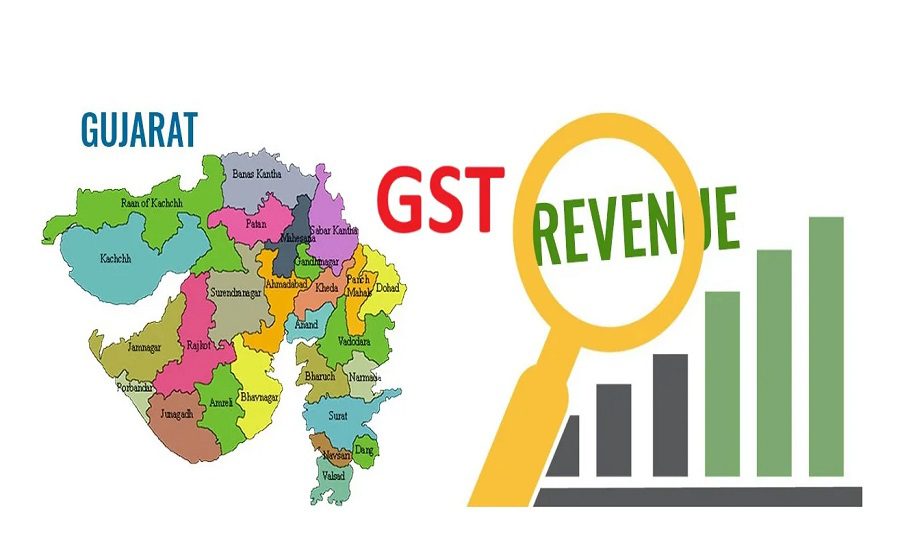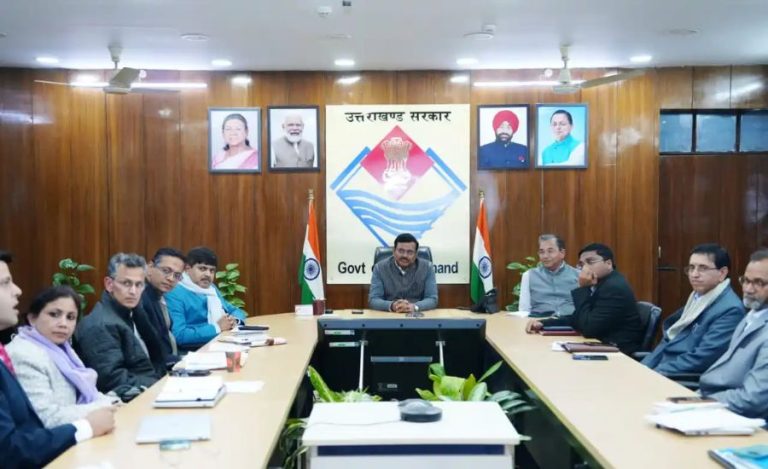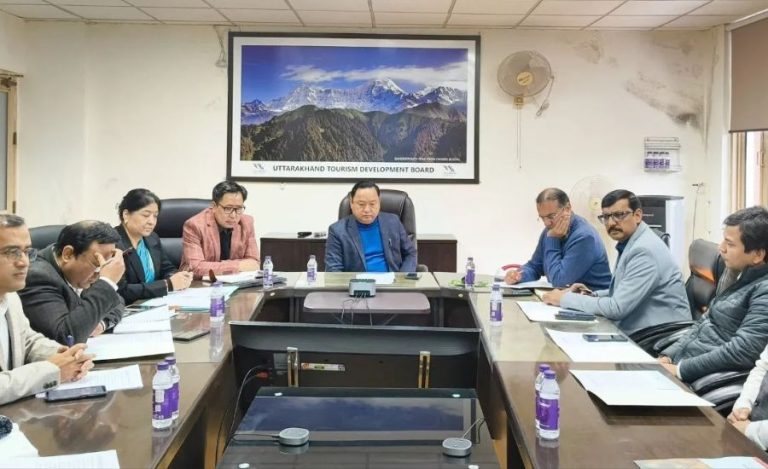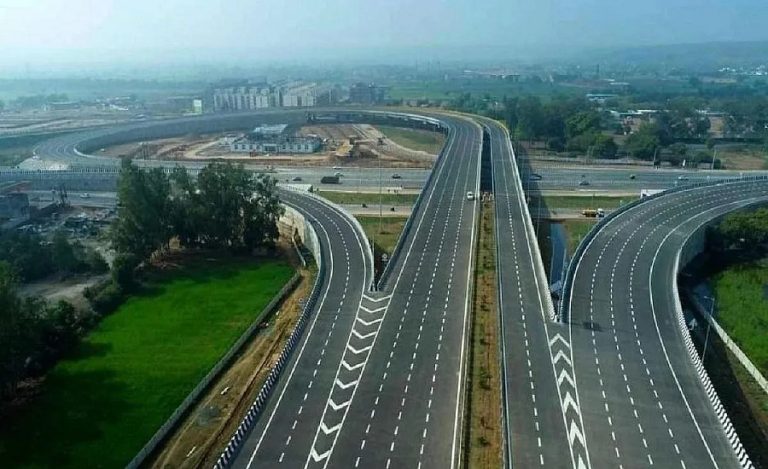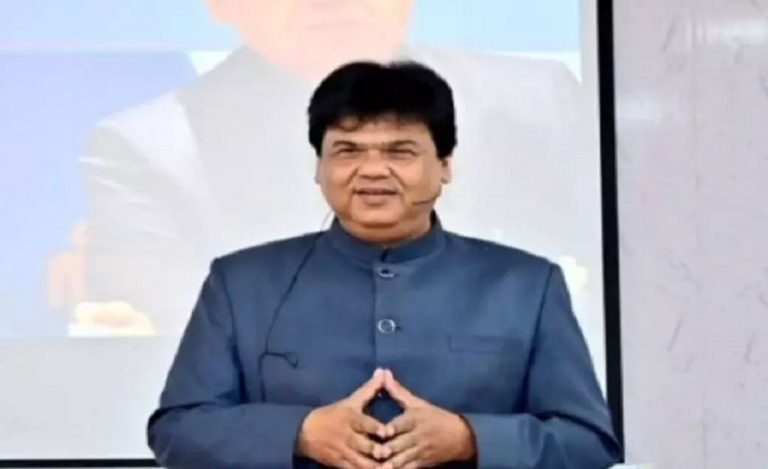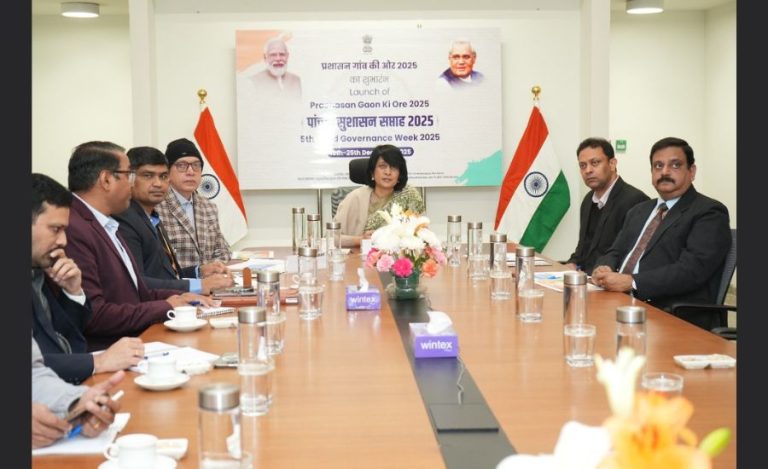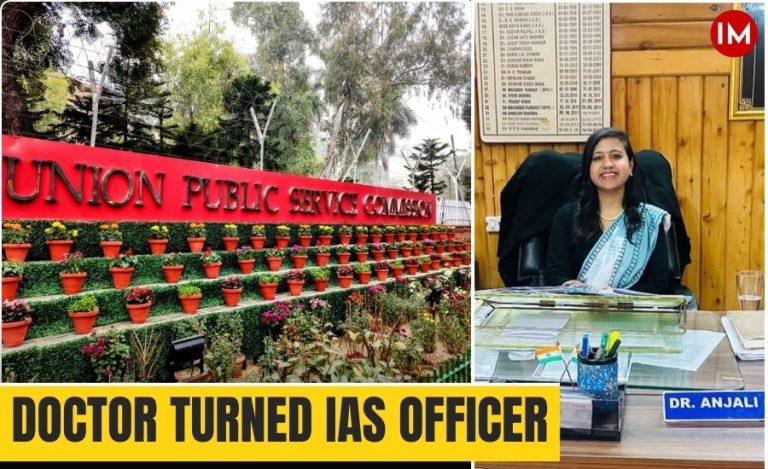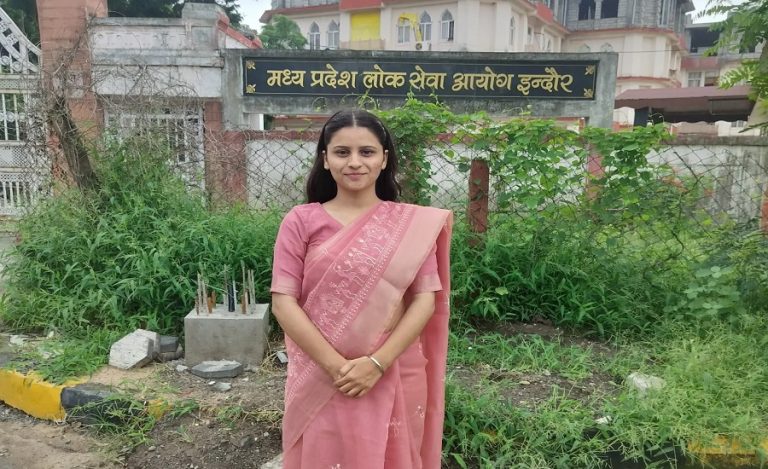Gandhinagar: Gujarat continues to lead India’s economic charge, propelled by the transformative impact of the Goods and Services Tax (GST). Eight years after the nationwide rollout of GST, the state has recorded a 145% rise in registered taxpayers, with total registrations crossing 12.66 lakh in FY 2024–25.
The once-complicated taxation regime marked by VAT, CST, Octroi, and multiple levies has been replaced by “One Nation, One Tax”, dramatically improving ease of doing business in the state.
From 5.15 Lakh to 12.66 Lakh Taxpayers: A Remarkable Growth
Since the implementation of GST on July 1, 2017, Gujarat’s taxpayer base has surged from 5.15 lakh to over 12.66 lakh, underscoring the state’s robust compliance culture and expanding business ecosystem.
In FY 2024–25 alone, the taxpayer base grew by 6.38%, far outpacing the national average of 3.86%, placing Gujarat third in India for total GST taxpayers.
Read Also: Gujarat Tops Nation in Tree Cover Growth Outside Forest Areas: FSI 2023 Report
₹1.36 Lakh Crore in GST Collections: A Year-on-Year Growth of ₹11,579 Crore
Under the guidance of Chief Minister Bhupendra Patel and Finance Minister Kanubhai Desai, Gujarat collected ₹1,36,748 crore in total GST revenue in FY 2024–25—₹11,579 crore more than the previous year.
This figure includes ₹73,200 crore from State GST (SGST) and Integrated GST (IGST), marking a 13.6% growth, compared to the national average of 10.31%.
National Rankings: Gujarat Among the Top Performers
- 3rd in GST revenue contribution (8.2% of national collections)
- 1st in timely filing of GSTR-3B (88.9%) and GSTR-1 (85.5%)
- 2nd in overall Key Performance Indicators (KPI) score with 71.69 points
- 1st in 9 out of 22 KPI parameters
These rankings reflect Gujarat’s administrative discipline, tech-driven systems, and industry engagement.
e-Way Bill Leadership: Gujarat Tops in Supplier Participation
Gujarat’s dominance in GST compliance is also visible in its digital logistics footprint. The state topped the country with 13.98 crore e-Way Bills generated by suppliers in FY 2024–25.
- 1st in supplier participation
- 2nd in value of e-Way Bills generated
- 3rd in overall e-Way Bills issued nationwide
- A Tax Reform That Changed the Game
GST replaced a fragmented, multi-layered tax system with a simplified, unified tax mechanism, ending the cascading “tax on tax” effect and standardizing processes across states.
For Gujarat—a hub of trade, manufacturing, and exports—the benefits have been significant: lower compliance costs, seamless inter-state trade, and greater transparency.
Economic Impact Beyond Numbers
The rise in GST revenue is not merely a fiscal statistic. The added funds are being channeled into education, healthcare, infrastructure, and social welfare programs—driving inclusive growth across Gujarat.
Additionally, GST has empowered small and medium businesses, reduced entry barriers for entrepreneurs, and fueled a culture of digital accountability.
Read Also: Plan to Build Asia’s Largest Jungle Safari Proposed in Gurugram Inspired by Vantara, Gujarat
Gujarat’s GST Success Reflects a Bigger Transformation
From a complex tax regime to becoming a national model for compliance and efficiency, Gujarat’s journey under GST illustrates how policy clarity, technological adoption, and administrative will can catalyze long-term growth.
As India continues its push toward becoming a $5 trillion economy, Gujarat stands tall as a shining example of what a unified tax system can achieve.

